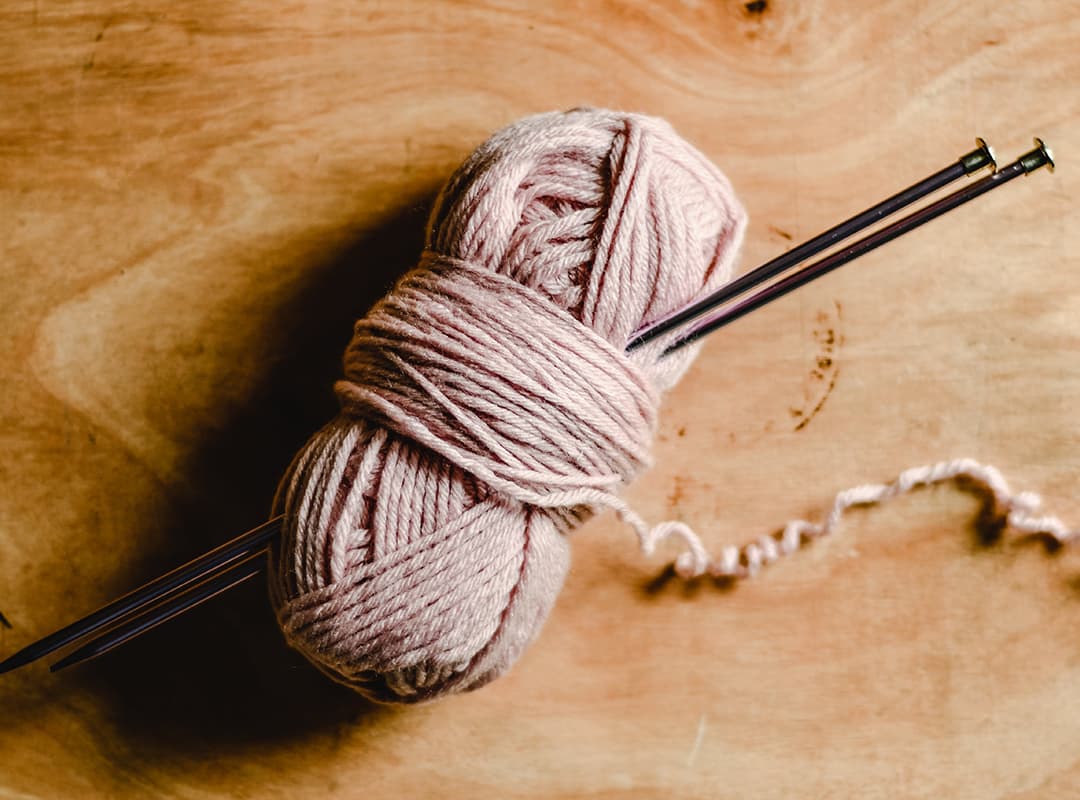How to choose knitting needles
The needles are a basic tool in knitting, because it is the type, material and quality of the needles that can determine the outcome. In addition, good knitting needles are much more comfortable to work with. That’s why you need to know how to choose the right knitting needles to turn a boring monotonous process into a pleasure.
There are a number of aspects that should be taken into account when choosing needles:
- The coating should be smooth, without dents, so that the future yarn easily glides on the cloth and subsequently does not spoil.
- The tip of the spoke should not be too sharp, as it can damage the yarn, but also not too blunt, as it will stretch the threads.
- Special attention should be paid to the combination of the number of the needle and the thickness of the yarn.
What material should I choose?
The most durable and reliable are considered nickel-plated spokes, which will not bend in the process of work, will not affect the quality of yarn, and will also serve for a very long time. However, such spokes have one disadvantage – they can be quite heavy. Of course, holding them in your hands for a few minutes, it is difficult to feel it, but after working a few hours a day, you may notice that your hands are tired.
A good alternative to nickel-plated spokes in terms of lightness are aluminum spokes. But despite their weightlessness, they bend quickly and leave marks on light-colored yarn. Plastic spokes and bone spokes are quite light and comfortable, but the price of the last of them is much higher.
For beginners are suitable spokes made of wood or bamboo, which are the least slippery, so the novice master will be easier to adapt, despite the fact that such spokes are very weak and quickly break.
Types of spokes
- Double-sided needles have two sharp ends, each of which is a working one. They are adapted for knitting small items such as socks, mittens, etc. They are sold in sets of 4-5 pcs. However, the beginner should buy stoppers so that the yarn does not accidentally slip.
- single-sided. This is the most convenient and popular kind of spokes, since they are used for knitting almost all products. They have one sharp tip, and on the other there is a stopper.
- Circular spokes are united by a cable made of any material (metal, kapron, polyvinyl chloride, etc.). The cable can be from 30 to 150 cm in length, and it is very convenient if the yarn web turns out to be wide. Here it is important to check the place of connection of the spoke with the cable, so that at the most inopportune moment the yarn is not damaged. Usually they break just in this place, but it can be easily repaired.
- Auxiliary spokes – those that do not play an independent role in knitting, but significantly help the master when, for example, you need to create a pattern and throw a few loops on another spoke.
In order for the knitting process to be qualitative, the spokes should be bought twice as thick as the yarn. Correctly determine the necessary number can be so: take the yarn and fold it in half. and then make a flagellum out of it. The spoke, which in diameter will coincide with the thickness of the yarn, and will be ideal. Here it is important to take into account also the density of knitting. Those who like a denser yarn should choose a full-meter thicker needle and vice versa.
